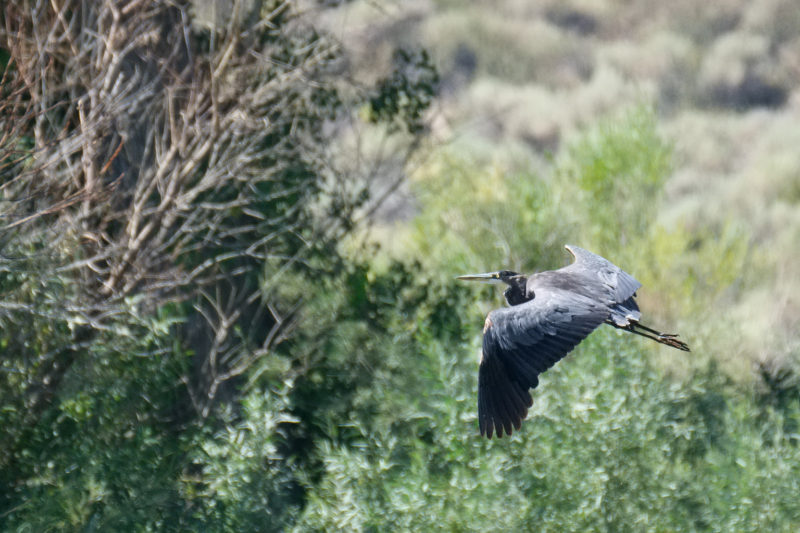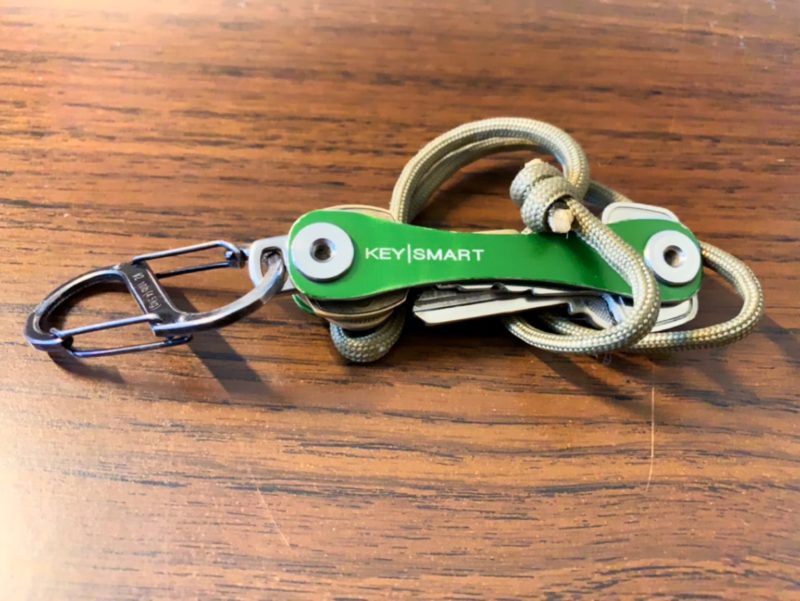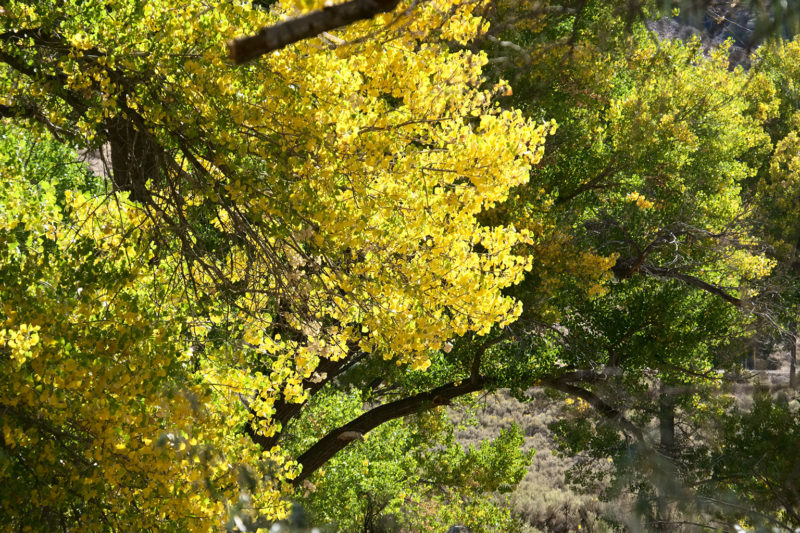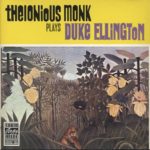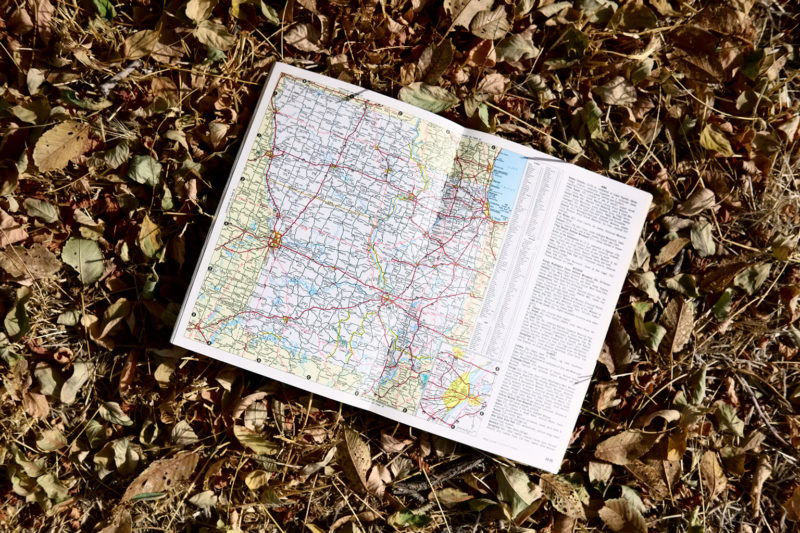
A few days ago a new (to me) book arrived, Dead Reckoning by Ron Doerfler. The book is yet to be read (other than a quick scan), but the title reminded me of the method of navigation by the same name.
Dead Reckoning navigation is the art of estimating one’s position based on the last known position, elapsed time and velocity (or estimated distance) and heading. In other words, given a known position and an estimate of bearing and distance, the current position coordinates can be estimated (or calculated).
In the context of the book, Dead Reckoning refers to methods of calculation (or estimation) of mathematical problems without the use of calculating tools other than one’s brain. It is going to be a fine read and something that will add to my personal toolkit.
But the term reminded me of my wanderings a couple of years ago. As I traveled around the country, I had only a general idea of where I was going. Given that there was no specific destination and no specific schedule, I would stop along the way, retrieve my ancient glovebox atlas, and estimate my location on the very small maps. Using that information I would set a course and make a decision about where I might stay for a night or a few days.
Once near that location, I would open Google maps on my iPhone and look for a place to stay. After identifying a few possible candidates, the reviews would inform whether the place was acceptable. I would then either just drive in or phone ahead for a reservation.
I thought of this as an automotive form of dead reckoning. Given I had no specific destination, I had little need for the precision of GPS and the inherent maps. I just needed a general direction and an estimate of distance so I could decide where to stay for a night or a week.
I was also reminded of how we navigated when I was a young man. There was no GPS system. There were paper maps of various scales. I loved those maps and still have quite a few of them. I would plan a trip with a map and a notepad and I was able to estimate travel times and ETAs without a lot of effort. Sometimes navigation needed a telephone call (from a pay phone) to get to the destination. Often there were signs that provided directions once one was sufficiently close to the target.
There is something deeply satisfying about just using a simple map and about not having a specific itinerary to deal with. There is something satisfying about just going and then being there in that place for a bit.
I think this experience is coming for me again. There is a need in me to just wander for a bit and enjoy the journey. With journal, pen, and camera I can be very happy enjoying the world I live in.
